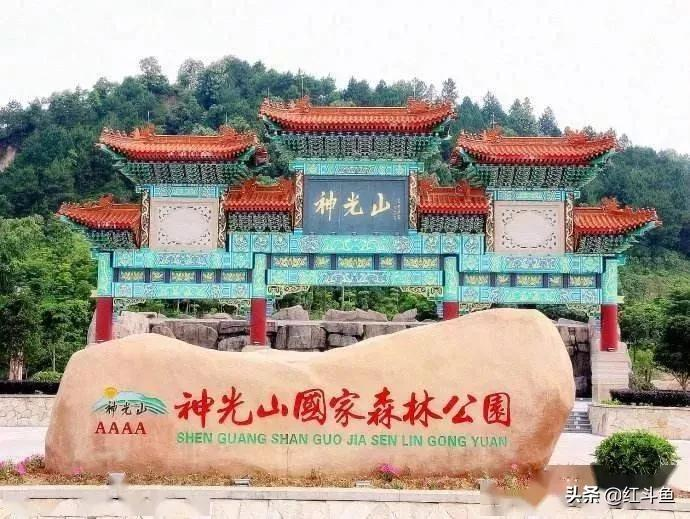When I was a child, I often went to Mount Kamitsu. At that time, The Sacred Light Mountain had not yet been well developed, and there were often cemeteries in the mountains, as well as the Hakka-only Jin'an (jars for storing the white bones of the ancestors), and occasionally broken Jin'an porcelain pieces and white bones. When I was young, I was not very afraid to see such things. However, this golden temple and white bones caused doubts. Isn't it safe for a person to die? Why dig out white bones to fit into the Golden Temple? At that time, I asked the adult, and I didn't know why.

Growing up, there was a time when he was stationed in Meizhou City to live in Jinye Hotel. I often go for a walk by the river, passing by the Hakka Museum, and I like history, so I visit many times. The museum probably explains the migration of the Hakka people. On the way to migration, there is always a golden temple containing the bones of the ancestors. epiphany! Just like the hall name of the Dragon House of the Hakka family, just like the genealogy of the Hakka family, the golden nunnery containing white bones is a respect and forgetting of the ancestors. It is definitely not a great rebellion to disturb the purity of the ancestors and dig a grave.
This custom should be a rule established from the beginning of the migration from the Central Plains. I even think that the ancestors of the Hakka people needed to return to the roots of the fallen leaves to have a golden temple. Where are the roots? The location of the hall number! It is unacceptable for a guest to die in a foreign country, and it is always necessary to return to the homeland of the Central Plains to be buried one day before it can be regarded as a burial in the ground. Therefore, the Hakka people talk about the family, talk about tutoring, talk about family style, and remember the family tree.
If it refers to the Hakka family group formed by the chaos in the world at the end of the Western Jin Dynasty, the five Hu chaos, the Central Plains Shi clan fleeing south, the Central Plains civilization or the Central Plains regime moving south, then the migration with the Jin'an is to comfort the descendants to move to the Central Plains to take the country as their home? If we refer to the rules established by the Hakka people in the Song Dynasty after the shame of Jing Kang, the Han people moved south, then the migration with the Jin'an is to comfort the descendants to move to the Central Plains to take the country as their home? I don't know when the rules of Kanagan began (if you know, please let us know). I know that the key thing is that the Hakka people think that this soil must be the homeland. Perhaps being able to return to one's hometown is the ultimate wish of a wandering person.
Now the Customs of the Hakka Have kept pace with the tide of history. But the seeds of family and country feelings can still take root and sprout in the depths of the hearts of a new generation of Hakka people, how fortunate!
@Zhongyuan @Hakka@Meizhou@Xingning